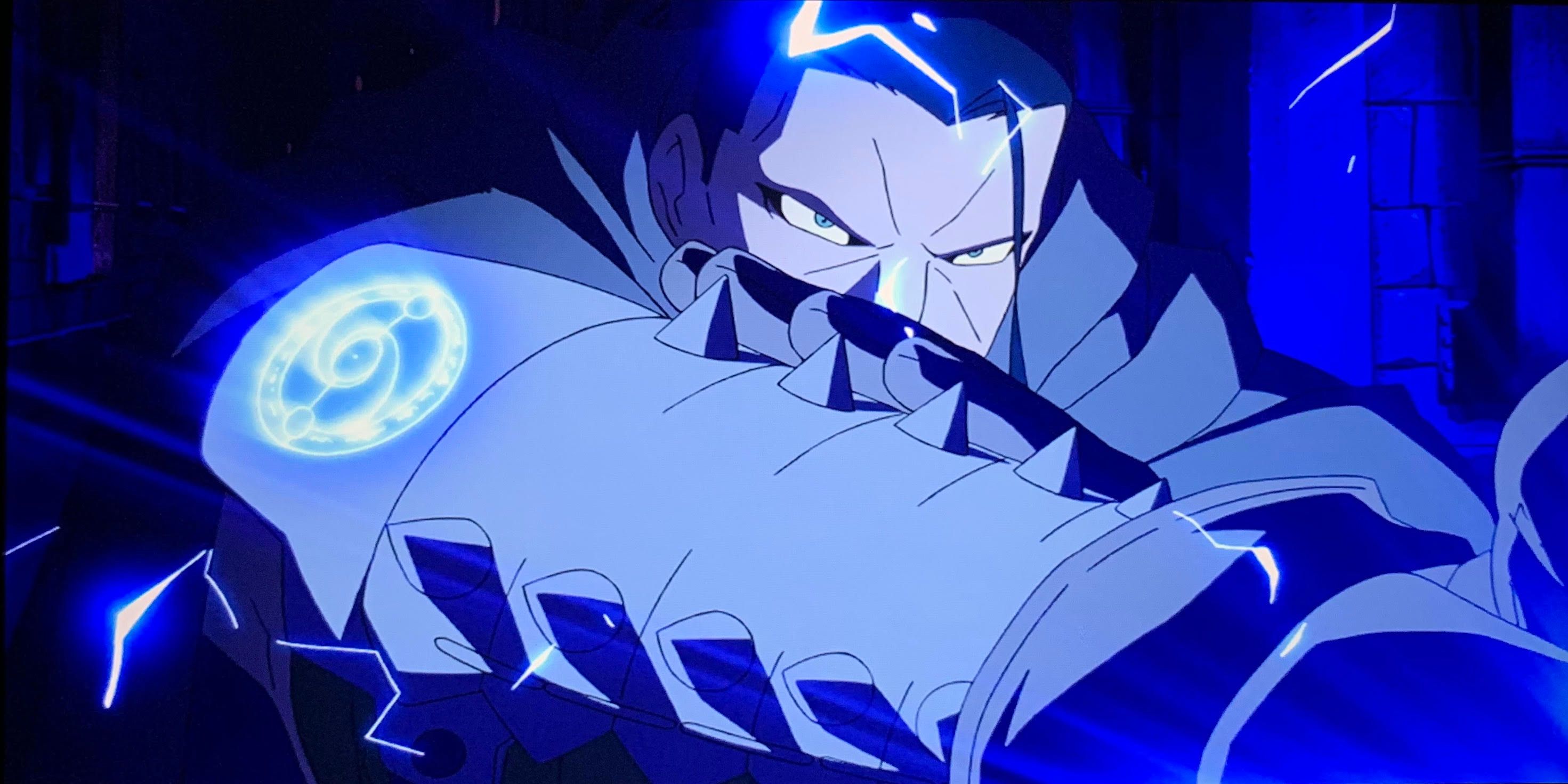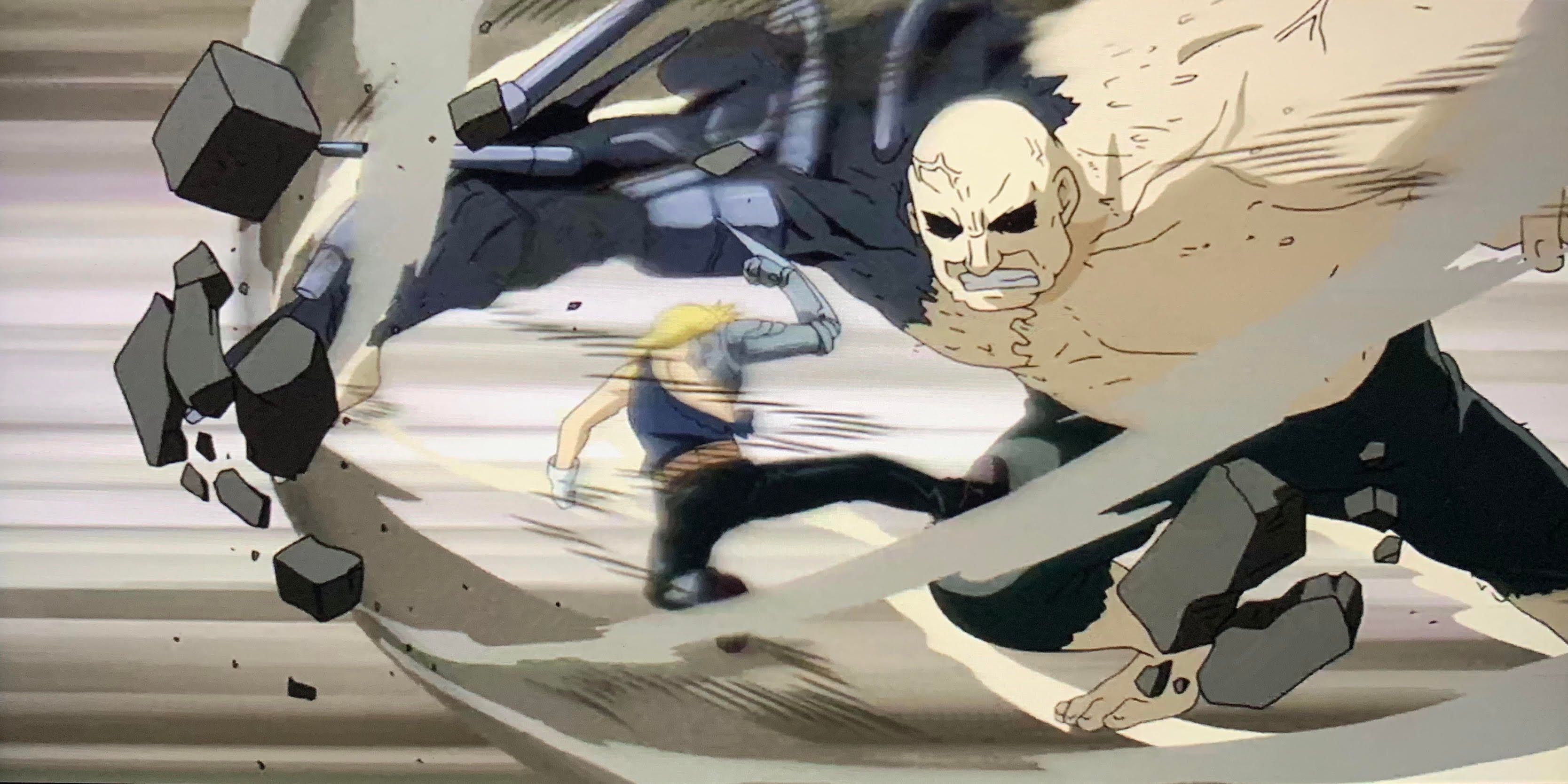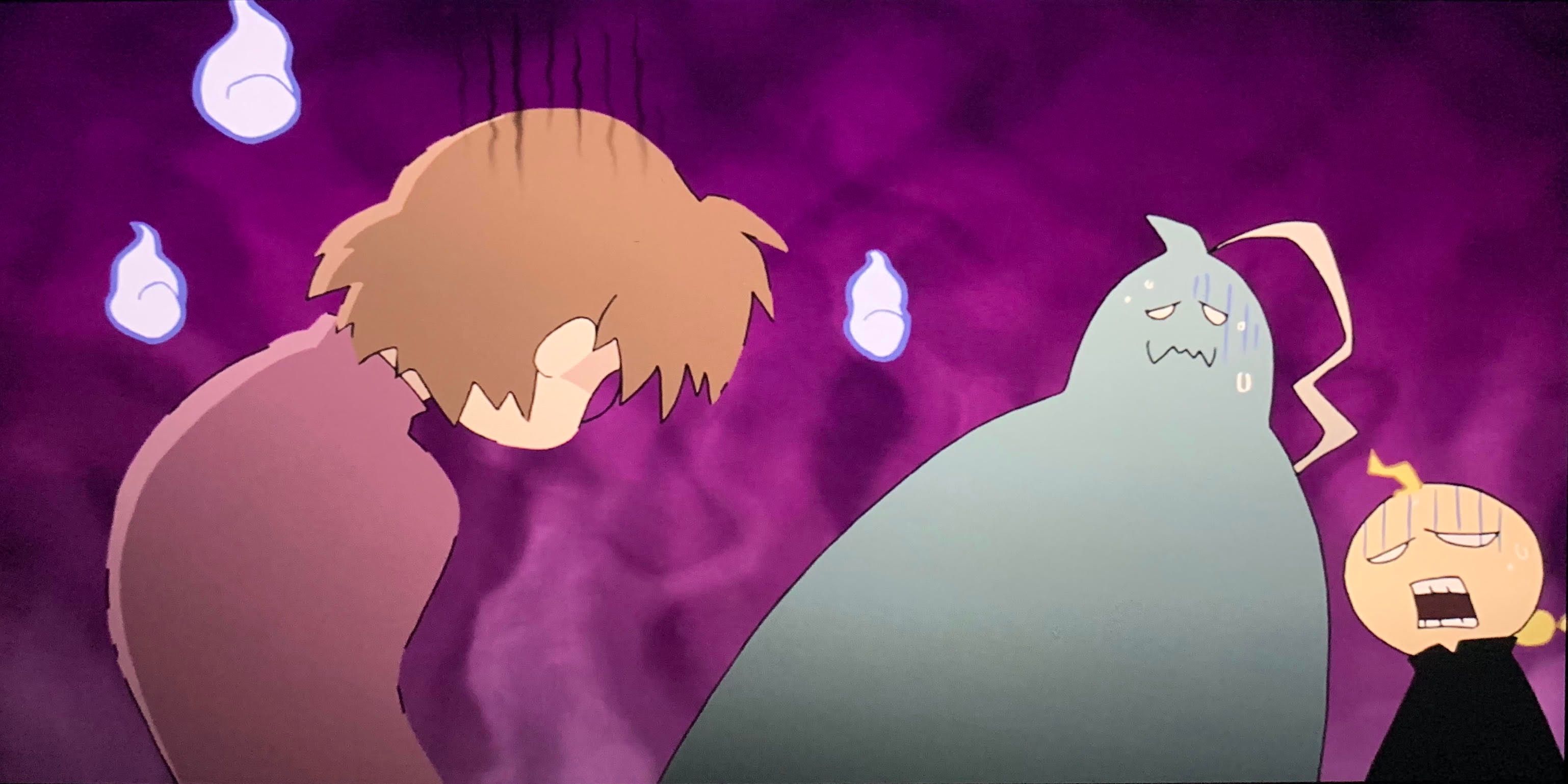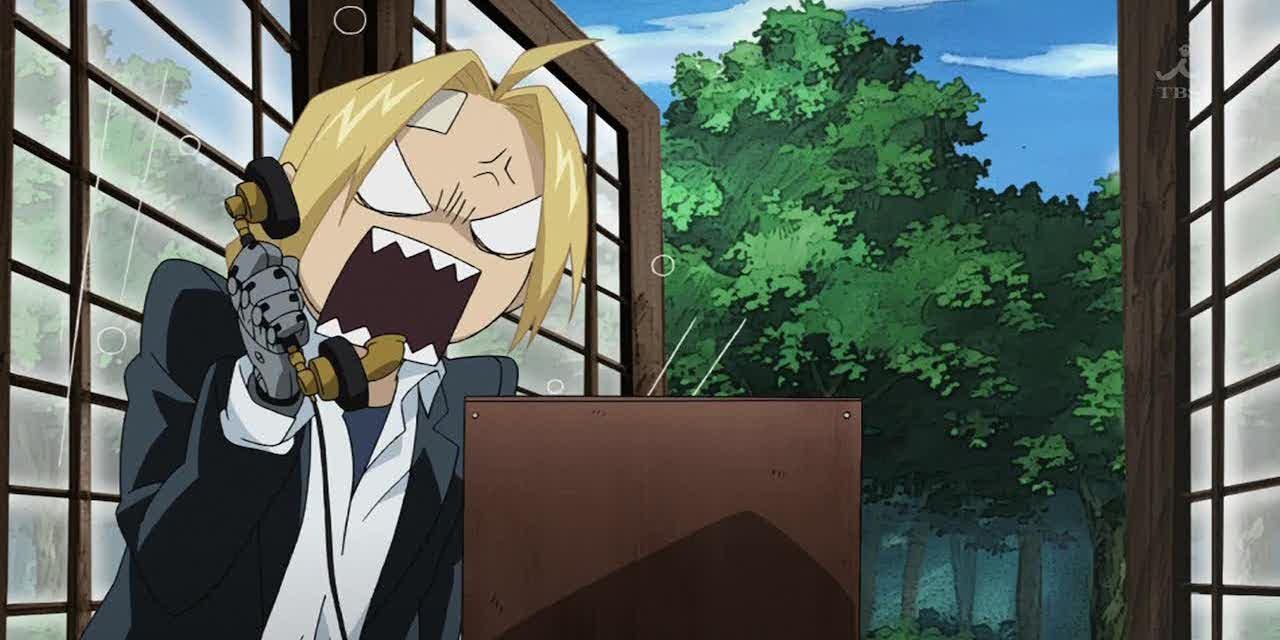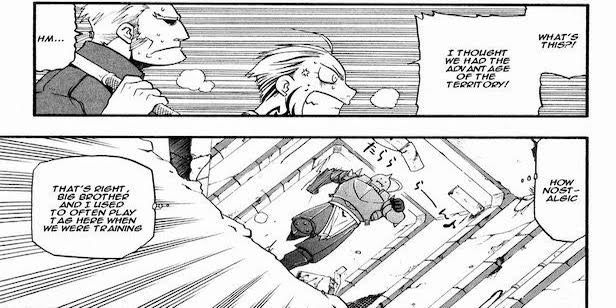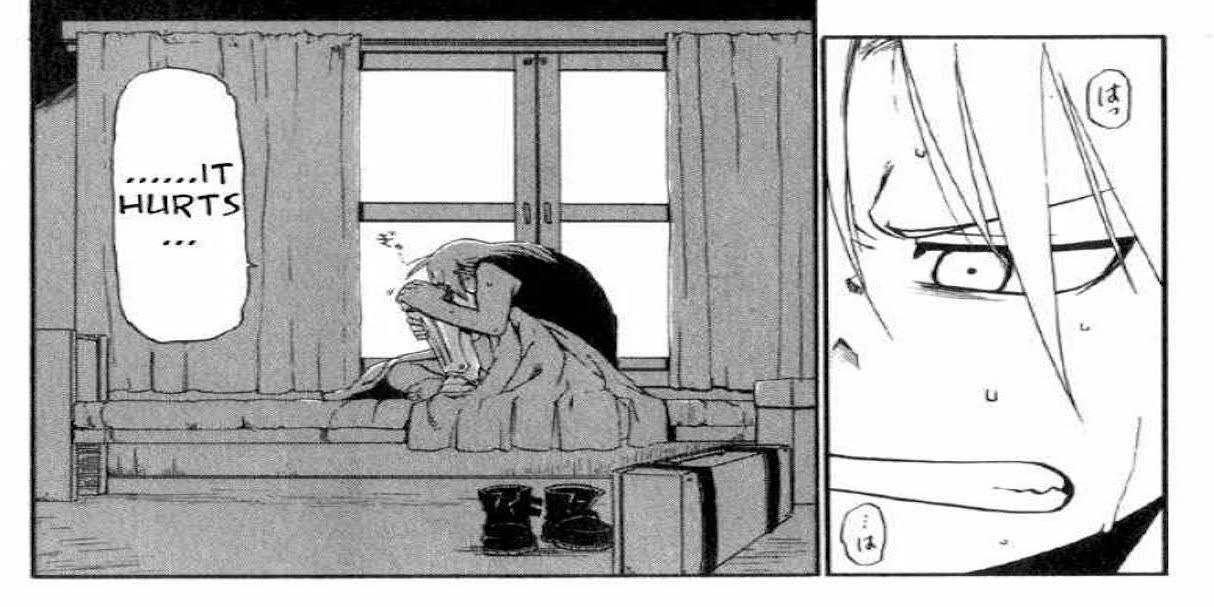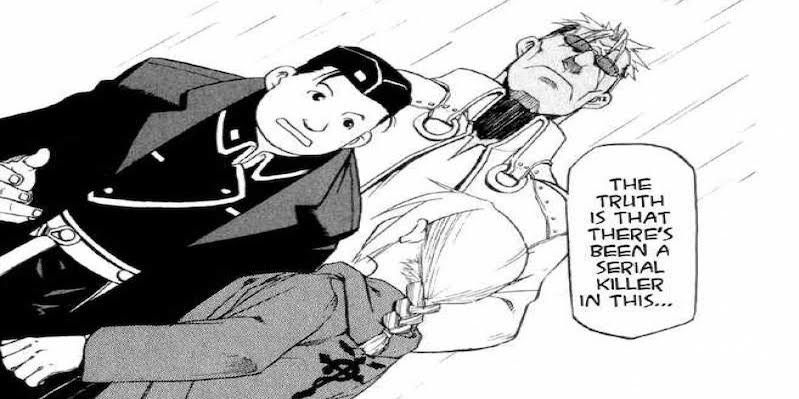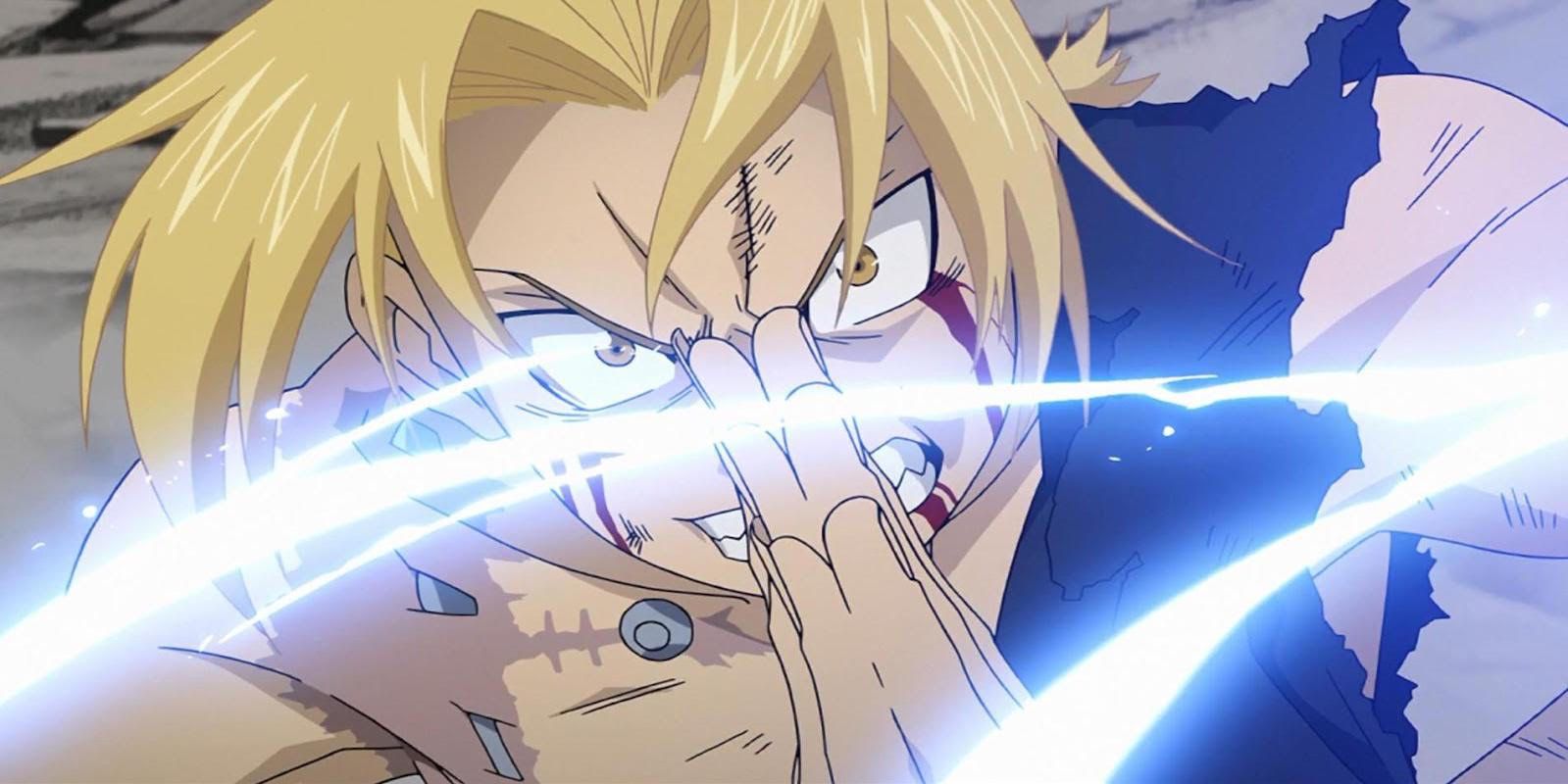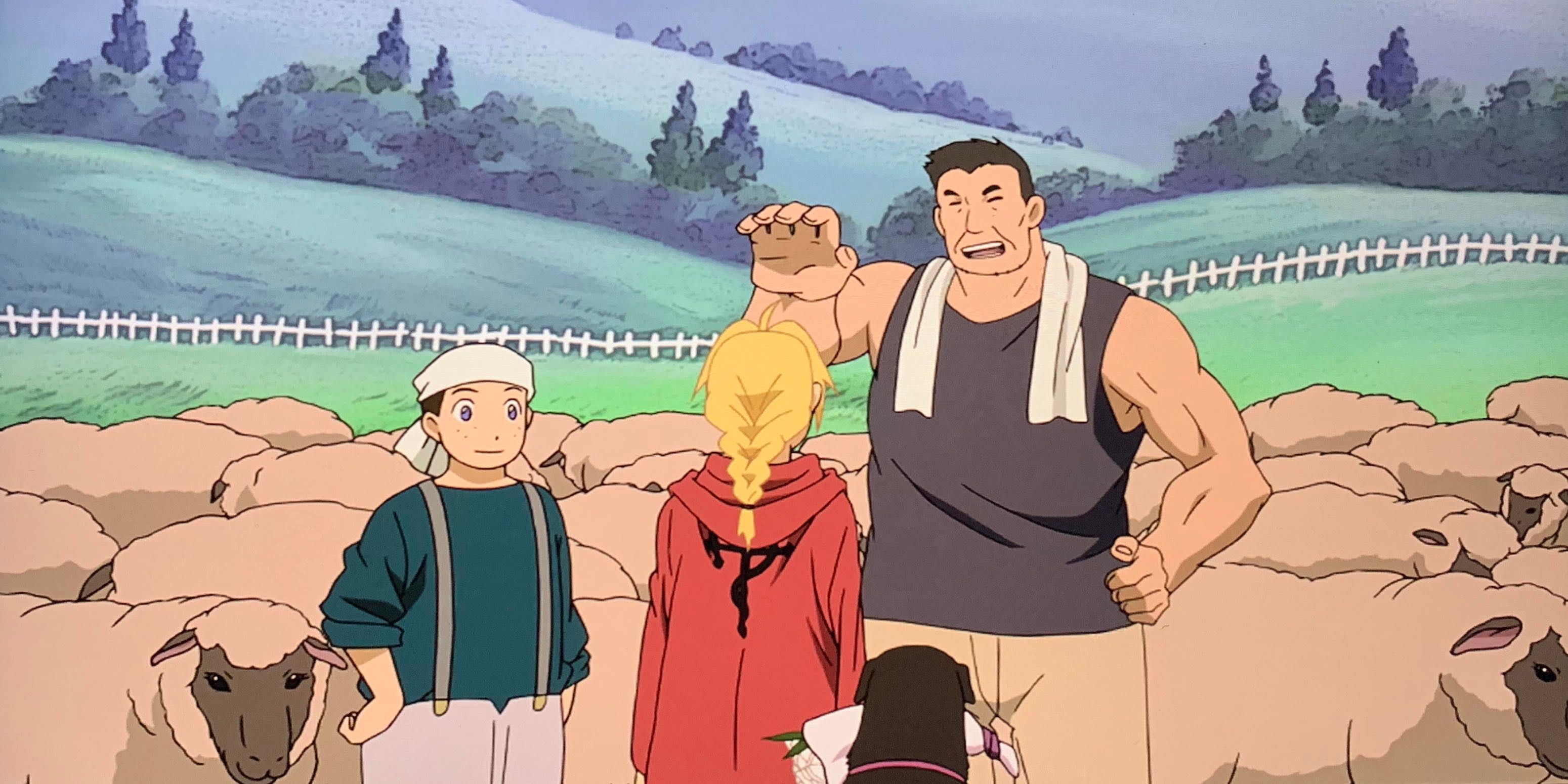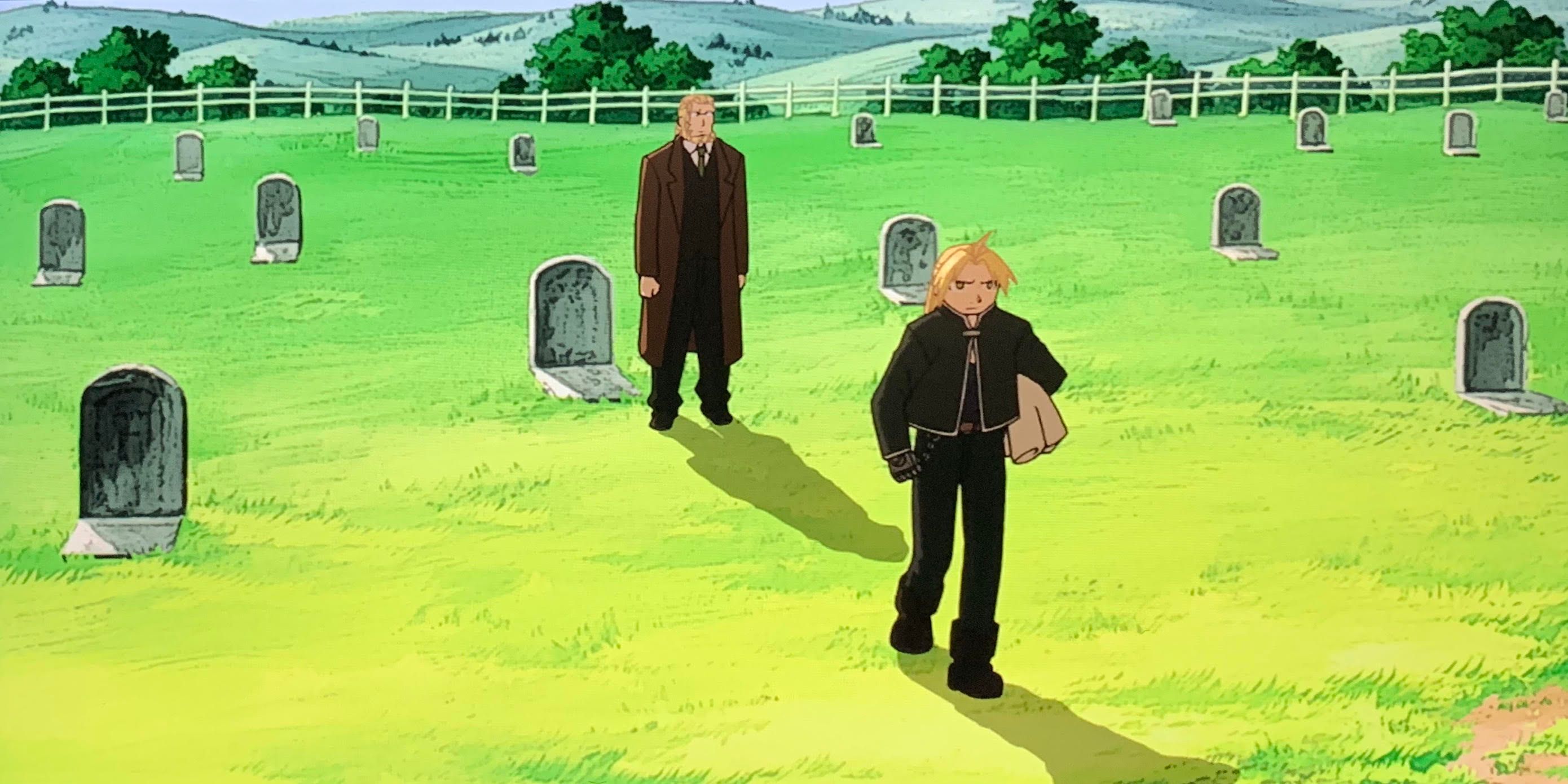As much love as anime and manga fans have for Fullmetal Alchemist, there’s no way to ignore the shiftiness afforded by the varied productions of the same story. FMA and FMA: Brotherhood both have very drastic differences in plot — and have their contrasts with the manga version as well.
There are also movies and a video game that have been released under the FMA banner, causing the story to branch out exceptionally well from its main premise: The Elric Brothers’ attempt to get their bodies back to normal. Here is a list of differences between the Fullmetal Alchemist manga and anime mediums.
10 Pre-Introduction
The animators of the FMA anime seemed to put some effective thought into bringing the manga to television. To start with, FMA: Brotherhood throws the audience into the conflict stricken world of Alchemists by adding a fight between the State Military and ex-military soldier Isaac The Freezer that doesn’t appear in the manga. The events in this first episode preempt the manga and serves as an introduction of the capabilities of those living in the FMA universe.
9 Censorship Cues
One thing of note reading the manga is that the characters tend to be more cutting, as the censorship of the television versions makes the dialogue more child-friendly. Being a 15-year-old with essentially no parenting, and accepted into society as an adult, Edward is given some premature freedom, and is at times excessively brash and potty-mouthed — and that’s all before the short jokes. The chip on his shoulder does serve a purpose, since Edward follows through with his ambitions time and time again through his journey.
8 Al’s Outtakes
It's clear that 2003's FMA had a different game plan than the originator, Hiromu Arakawa. One chapter that was present in all three versions but differed in sequencing is where the younger of the Elric brothers lets his wisdom shine.
After Seska the bookworm reproduces Dr. Marcoh’s research notes word for word, Ed and Al return the favor by paying a staggering amount of cash, and also recommending her to Lt. Hughes for employment. To quell her self doubt, Alphonse also encourages Seska by telling her to have more confidence in herself. The pep talk takes place in a different setting, and is cut to fewer words in the 2003 version of FMA, but as with most scenes, Brotherhood follows closer to the manga and lets Al have his moment.
7 Raging Gone Wild
An instance of the fun changes animators can make when turning a comic strip into a televised scene, the encounter Edward had with Father Cornelo was souped-up quite a bit in FMA: Brotherhood from the manga. The scene in Cornelo’s cathedral in both the 2003 and the 2009 anime versions of FMA branch out into equally absurd directions; Father Cornelo accidentally transforms himself into a giant hybrid mess of a human and attacks Ed in FMA: Brotherhood, but his body isn’t altered any further than his arm in either of the other versions.
6 Catch Him If You Can
In Alphonse’s encounter with Greed’s subordinates FMA: Brotherhood, the gang of sub-humans had an easier time of catching and kidnapping him. The manga made things more difficult for the Chimera in pursuit; Alphonse’s strategy of out-pacing them with his tireless body was an effective one, but the idea was exclusive only to the manga version. In the anime, Martel the snake-girl is able to slip into Al’s armor to gain control of him without the chase scene.
5 Transmutation Trauma
Becoming a State Alchemist may have its perks — like funding, and endless access to research supplies — but all of the traumatic transmutation experiences were weighing in on Edward’s adolescent mind, giving him nightmares. Just after the incident at the Tucker mansion, Ed is troubled by a dream that begins with a flashback to a day with his mother, but things quickly get horrific. Ed pictures the distorted body he and Al alchemized laying a major guilt trip on Edward and mocking his abilities, but the manga stops here. FMA: Brotherhood adds a little extra kick to Edward’s already haunting nightmare by including the image of Nina and Alexander being merged into the chimera candidly... yuck!
4 The Hand That Breaks The Cradle
In the manga, when he and Scar cross paths for the first time, Edward is literally scared stiff. The 2003 anime has a very different meet and greet, though. In FMA, Edward had left his State Alchemist watch behind and temporarily resigned from the military. The resignation meant that Edward was no longer a target in Scar's war on Amestris.
FMA: Brotherhood spiced up the encounter with a chase scene, and a very timely intervention from Alphonse to save his older brother’s life. The fight ends the same in the manga and in Brotherhood: with Ed and Al in pieces, rescued at the last moment by Mustang and company, and Alphonse reprimanding his older brother for giving up, nearly submitting his life to Scar.
3 The Blue Squad
There are quite few instances where the anime versions apply a different viewpoint than the FMA manga, not counting the point where television animators break away completely to follow a background love story route. One example is the hijacked train ride Ed and Al found themselves on. When Bald, the Blue Squad’s captain notices a threat, he fires a round through the roof of the train and lodges a bullet in one of Edward’s automail joints. The scene appears in the 2003 FMA anime, albeit with some adjustments, and Brotherhood skips the chapter altogether.
2 Old Town Roads
Besides Winry and her grandmother Pinako’s automail business, Resembool, Edward and Alphonse’s hometown, doesn’t have a whole lot going on other than farm life. Due to an attack during Ishval’s civil war, there isn’t much to show of the rural town, but the manga adds some extra background.
A few panels show some conversation with a few characters who are old friends of Edward’s while on his way to his mother’s grave; the reunion is only glossed over in FMA: Brotherhood.
1 Estranged No More
When meeting his father for the first time in ten years, Hohenheim does most of the talking with his confrontation of his son’s actions, and Edward is shown quickly dismissing him in FMA: Brotherhood.
The manga allows for Ed’s crudeness to be more pronounced. The conversation between the father & son gives a few panels and dialogue bubbles for Edward to express his frustration — and express he does. Their talk is also carried a bit further with Hohenheim following behind Ed as he tries to distance himself, making it another piece of the FMA story left out of the anime.

